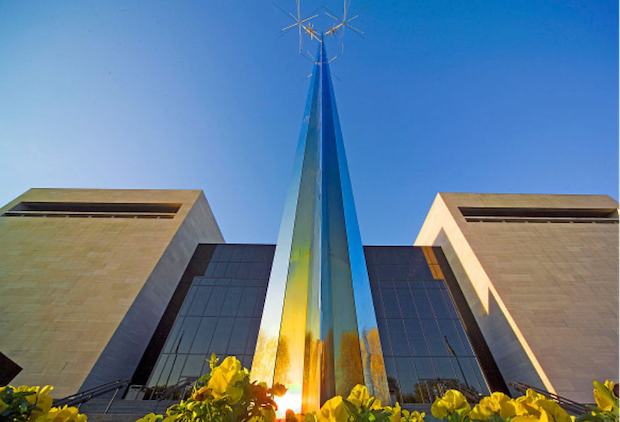
The Smithsonian National Air and Space Museum (NASM) was created to preserve and celebrate the historical development of flight before and after the Wright brothers’ historic flight on December 16, 1903 in Kitty Hawk, North Carolina. A wonderful museum and exhibit was created on the National Mall in Washington, DC.
As the collection grew, there was more inventory of important historic significance to aviation and space travel than could be displayed in the existing museum. There was limited space to restore and preserve key artifacts in the collection. An SR-71 reconnaissance jet, a supersonic Concorde, and the Enola Gay, were just an example of the aircraft stored off-site, and out of view in Suitland, Maryland. Smithsonian leadership realized that building a companion museum to the one on the National Mall was a critical need if the mission of chronicling the history of flight was to be accomplished. After careful planning and thought, a philanthropic goal of $240 million was established to construct a new facility.
The Director of NASM recruited corporate leaders in the aviation and space industry for their commitment and involvement, as well as to serve on an advisory board for the museum. Top individuals from all the airlines, manufacturers like Boeing and Lockheed Martin, and several astronauts including John Glenn, Gene Cernan, and Jim Lovell became active members of the board.
An early focus of the campaign was to secure a cornerstone gift that would inspire and challenge the aviation industry and individuals. A board member identified Mr. Steven F. Udvar-Hazy, one of the most respected men in aviation, as a potential donor for the campaign. He was born in Hungary, immigrated to the United States with his parents and built a successful career buying and then leasing aircraft to airlines. Since his early childhood, he had a passion for flight.
Persistent efforts to reach Mr. Udvar-Hazy resulted in his visit to the National Air & Space Museum, a tour, and a review of the plans. He was fascinated by the concept. And he appreciated the opportunity to do something significant for the Nation and the aeronautics industry. I can still remember his statement, “I would like to make a commitment in the range of $60 million.” Those of us around the lunch table, the curator, board members, and I all got up and hugged him in appreciation.
His was the commitment that essentially launched the campaign and made the companion museum in Chantilly Virginia a reality. At the time, it was the largest donation ever given to a museum. Based on this transformational gift, which served as the catalyst, the campaign concluded by exceeding the goal in 2003. The Steven F. Udvar-Hazy Center was opened in 2010, and includes the aircraft mentioned above as well as a dedicated space for the restoration of aircraft.
In short: There was a problem. There was a vision. An opportunity was presented, and a philanthropist responded.
PHONE
(440) 669-6226
EMAIL
info@visionaryphilanthropy.com
Naples — Dallas — Minneapolis Savannah — Philadelphia — Park City — Washington DC — Huntsville New Orleans — West Lafayette Chattanooga

